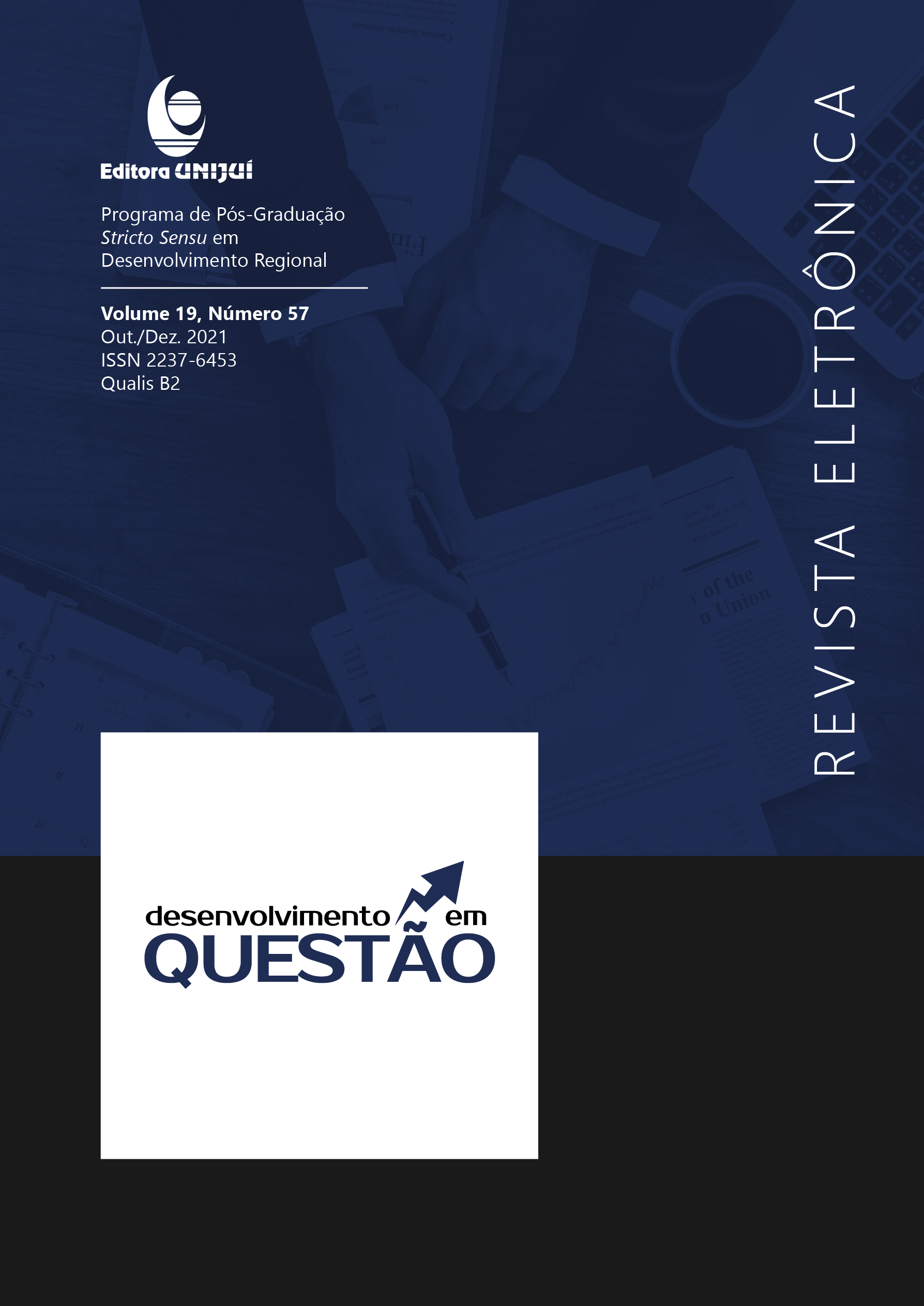INSOLVENCY AND FLEURIET MODEL: THE CASE OF AVIANCA BRASIL
INSOLVENCY AND FLEURIET MODEL: THE CASE OF AVIANCA BRASIL
DOI:
https://doi.org/10.21527/2237-6453.2021.57.10907Keywords:
Airline. Insolvency. Fleuriet model.Abstract
This article shows that the insolvency status of Avianca Brasil airline was predictable, corrective measures could have been taken. The analysis is conducted with the Fleuriet model. The key part of the model is the company's restructured balance sheet. Avianca's traditional balance sheets were obtained from ANAC's website. Between 2015 and 2018 (3Q), Avianca was classified by Fleuriet as "Very Bad", dependent on short-term debts and without the funds to serve its operational activities. This scenario is usually solved by the sale of non-current (permanent) assets, representing the beginning of a company liquidation or insolvency. The company's shareholders' equity fell sharply during this period, preventing development. The precariousness of Avianca's finances could have been detected well before the current situation of its probable collapse. With the departure of Avianca, the national commercial aviation market are in the hands of three companies: LATAM, GOL and Azul.
In the end, this study also shows that part of Avianca's bankruptcy path is being followed by some airlines in the country. This indicates a possible collapse in the Brazilian airline industry and, if nothing is done, it could compromise the development of passenger transport in the nation.
Downloads
Published
How to Cite
Issue
Section
License
By publishing in Revista Desenvolvimento em Questão, authors agree to the following terms:
All works are published under the Creative Commons Attribution 4.0 International License (CC BY 4.0), which allows:
Sharing — to copy and redistribute the material in any medium or format;
Adaptation — to remix, transform, and build upon the material for any purpose, even commercially.
These permissions are irrevocable, provided that the following terms are respected:
Attribution — authors must be properly credited, a link to the license must be provided, and any changes made must be indicated.
No additional restrictions — no legal or technological measures may be applied that legally restrict others from doing anything the license permits.
Notices:
The license does not apply to elements that are in the public domain or covered by legal exceptions.
The license does not grant all necessary rights for specific uses (e.g., image rights, privacy, or moral rights).
The journal is not responsible for the opinions expressed in the articles, which are the sole responsibility of the authors. The Editor, with the support of the Editorial Board, reserves the right to suggest or request modifications when necessary.
Only original scientific articles presenting research results of interest that have not been previously published or simultaneously submitted to another journal with the same purpose will be accepted.
Mentions of trademarks or specific products are intended solely for identification purposes and do not imply any promotional relationship by the authors or the journal.
License Agreement (for articles published from 2025 onward): Authors retain the copyright to their article and grant Revista Desenvolvimento em Questão the right of first publication.











